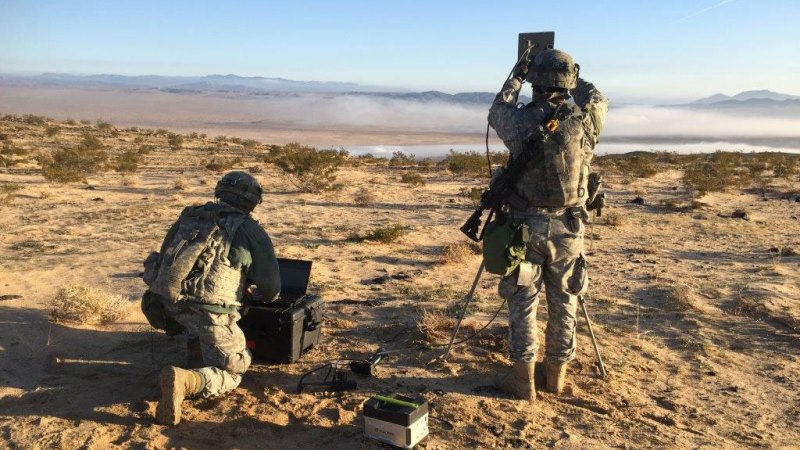
The U.S Army Combat Capabilities Development Command (DEVCOM) is looking for industry’s help to create a system in which the Army can forecast “near-term enemy courses of action (ECOA) based on current Situational Awareness (SA)” according to the new request for information (RFI).
The RFI seeks information to help support DEVCOM’s Command, Control, Communications, Computers, Cyber, Intelligence, Surveillance and Reconnaissance (C5ISR) Center to survey possible technology tools to predict foreign enemy vulnerabilities in a “systems warfare context.”
“Future warfare portends a hyperactive, interactively complex battlefield characterized by robotics and autonomous systems. To survive a Transparent Battlefield, friendly and enemy forces will continuously reorganize as self-composable edge organizations,” the RFI says.
One of the critical pieces of information that DEVCOM is looking for is the ability to develop software tools that can provide continuous information on the enemy’s unit and weapon systems’ last known locations and whereabouts.
The system must also be used on a standard laptop that utilizes machine learning (ML) and artificial intelligence (AI).
Other important areas that the RFI looks to receive information on include:
- The ability to accept input that could include prior event templates, threat system parametric data, and known operating procedures; processed, correlated data derived from multiple sensors and Open-Source Intelligence (OSINT); and the metadata behind moving and stationary threat COP symbology;
- The goal, if feasible, is software that does not require in-depth technical expertise to manage and use. If this goal is not feasible, RFI respondents will describe the minimum technical expertise required to use the software;
- User interfaces must be as intuitive as technologically possible;
- How the solution approach would integrate into the Army Intelligence Data Platform (AIDP) and other cloud-based systems that the Army is currently using; and
- A rough order magnitude (ROM) cost and schedule estimate for the effort; estimated technology readiness level (TRL) at the start and finish of the effort.
The need for these system abilities comes as the U.S. military apparatus has grown to learn that the next frontier in warfare will no longer be secluded to the physical battlefield but will also be fought in the technology arena.
“As seen in the Ukraine and Nagorno-Karabakh Wars, forces will adapt tactics, techniques, and procedures at a rate that will challenge all-source intelligence analysts’ ability to forecast enemy courses of action (ECOA),” the RFI says.
All responses to the RFI are due on July 20.
